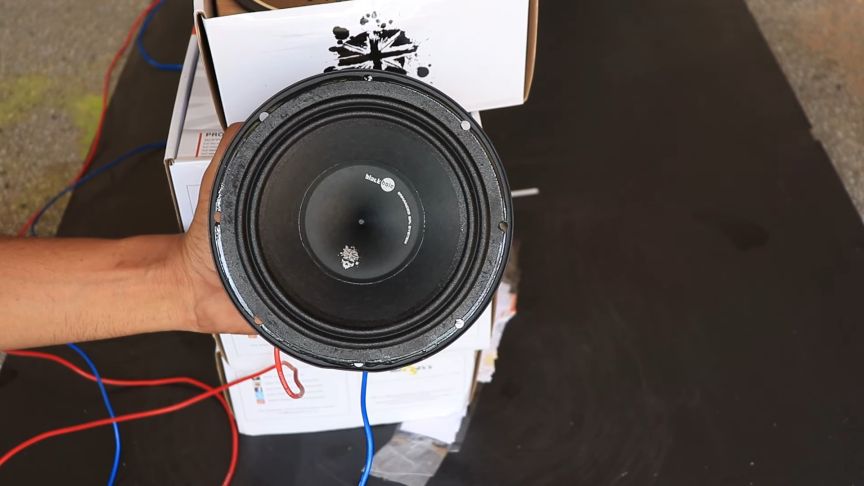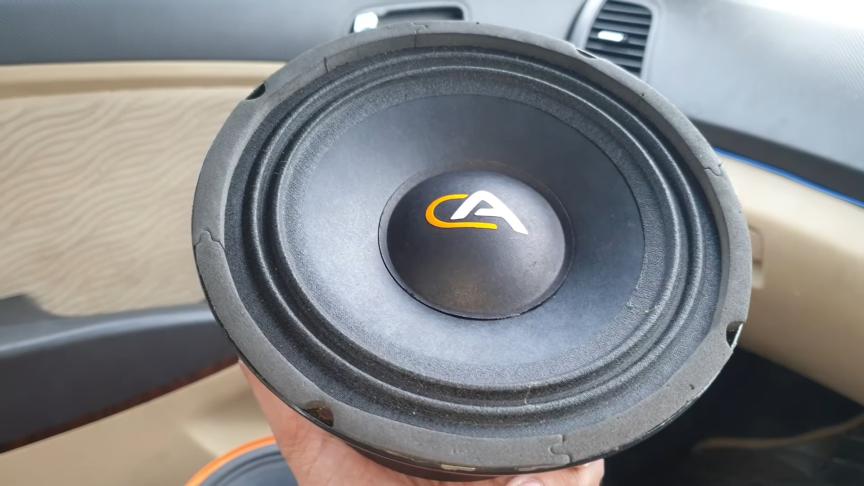If you’re looking to improve the sound quality of your car’s audio system, one of the best ways to do so is by upgrading your speakers. In particular, upgrading your mid-range and/or mid-bass speakers can have a significant impact on the overall sound quality. But what’s the difference between these two types of speakers?
In this blog post, we’ll take a look at the differences between midbass and midrange, and we’ll discuss which one is right for you. Stay tuned!
Midbass vs Midrange: The ultimate guide
Midbass:

Midbass speakers are designed to reproduce the lower frequencies in the midrange. In other words, they are responsible for reproducing the “thump” and “punch” in the music. Midbass speakers are typically smaller in size than midrange speakers, and they are often mounted in the door panels or in the rear deck of the car.
Midbass speakers are typically used in conjunction with a subwoofer, as they are not able to reproduce the lowest frequencies on their own. However, if you’re looking for a speaker that can provide some serious bass without the need for a subwoofer, then a midbass speaker is a good option.
Benefits of Midbass:
Increased bass:
Midbass speakers offer increased bass response, which can make your music sound more powerful and exciting.
Improved sound quality:
Midbass speakers can improve the overall sound quality of your car’s audio system, as they are designed to reproduce the lower frequencies in the midrange.
Drawbacks of Midbass:
Limited frequency range:
Midbass speakers have a limited frequency range, so they are not able to reproduce the highest frequencies in the music.
Poor sound quality at high volumes:
Midbass speakers can produce poor sound quality at high volumes, as they are not designed to handle the highest frequencies in the music. This can result in distortion and loss of clarity.
Midrange:

Midrange speakers are designed to reproduce the higher frequencies in the midrange. In other words, they are responsible for reproducing the “clarity” and “detail” in the music.
Midrange speakers are typically larger in size than midbass speakers, and they are often mounted in the dash or in the front door panels of the car.
Midrange speakers are available in a wide variety of sizes and shapes, so it is important to choose the right size and shape for your car.
The most important factor in choosing the right size and shape is the speaker’s ability to reproduce the frequencies in the midrange.
Benefits of Midrange:
Increased productivity:
Midrange systems offer increased processing power and memory capacity, which can lead to increased productivity for businesses.
Greater flexibility:
Midrange systems offer greater flexibility than entry-level or high-end systems, making them ideal for businesses that need to customize their IT infrastructure.
Improved reliability:
Midrange systems are designed for mission-critical applications, so they offer improved reliability and uptime compared to entry-level or high-end systems.
Lower total cost of ownership:
Midrange systems typically have a lower total cost of ownership than entry-level or high-end systems, making them a more cost-effective option for businesses.
Drawbacks of Midrange:
Higher initial cost:
Midrange systems usually have a higher initial cost than entry-level systems, making them a less affordable option for small businesses.-Less scalability: Midrange systems are not as scalable as high-end systems, so businesses that require a large amount of processing power or storage capacity may need to upgrade to a high-end system.
Complexity:
Midrange systems are typically more complex than entry-level systems, so businesses may need to invest in training and support to get the most out of their investment.
Less flexibility:
Midrange systems are not as flexible as high-end systems, so businesses that need to customize their IT infrastructure may need to invest in a more expensive system.
The Similarities Between Midbass and Midrange
Shape:
Midbass speakers are typically smaller in size than midrange speakers, and they are often mounted in the door panels or in the rear deck of the car
Material:
Both midrange and midbass speakers are typically made from a variety of materials, including paper, plastic, metal, and composite.
Minimum distortion:
Midrange and midbass speakers are designed to minimize distortion, so you can enjoy your music without worrying about sound quality.
The Differences Between Midbass and Midrange
Frequency range:
Midbass speakers have a limited frequency range, so they are not able to reproduce the highest frequencies in the music. Midrange speakers, on the other hand, have a wider frequency range and can reproduce the highest frequencies in the music.
Sound quality:
Midbass speakers can produce poor sound quality at high volumes, as they are not designed to handle the highest frequencies in the music. Midrange speakers, on the other hand, maintain sound quality at high volumes and can handle the highest frequencies in the music without distortion.
Size:
Midbass speakers are typically smaller in size than midrange speakers. This makes them more convenient for mounting in door panels or rear decks.
Cost:
Midrange speakers are typically more expensive than midbass speakers, making them a less affordable option for small businesses.
How do you determine which type of speaker is right for your needs?
The type of speaker you need will depend on your budget, the size of your car, and the type of music you listen to. If you are looking for a speaker that can provide some serious bass without the need for a subwoofer, then a midbass speaker is a good option.
However, if you are looking for a speaker that can reproduce the highest frequencies in the music without distortion, then a midrange speaker is a better choice. Ultimately, the decision of which type of speaker to choose is up to you and your personal preferences.
FAQ’s
When should bass be punchy?
Bass is punchy when it falls within the 80-120Hz range. This frequency spectrum is what you typically hear in rap, techno, and rock music.
Do door speakers have a better sound quality when they’re in a box?
A speaker will generally sound better in a box than in free air. This is because a speaker in free air will have to deal with the reflections and interference of sound waves from all around it, which can muddy the sound. By contrast, when a speaker is placed in a box, the reflections from the walls of the box will help to reinforce certain frequencies and cancel out others, which can result in a cleaner and more distinct sound.
Do midrange speakers require housing?
Midrange drivers usually don’t require an enclosure, as they’re often built into the main structure of the speaker itself. However, depending on the specific design of a speaker, an enclosure may be necessary to ensure optimal performance.
If you’re unsure whether or not your midrange speaker needs an enclosure, consult with the manufacturer or a qualified audio technician.
Related Posts